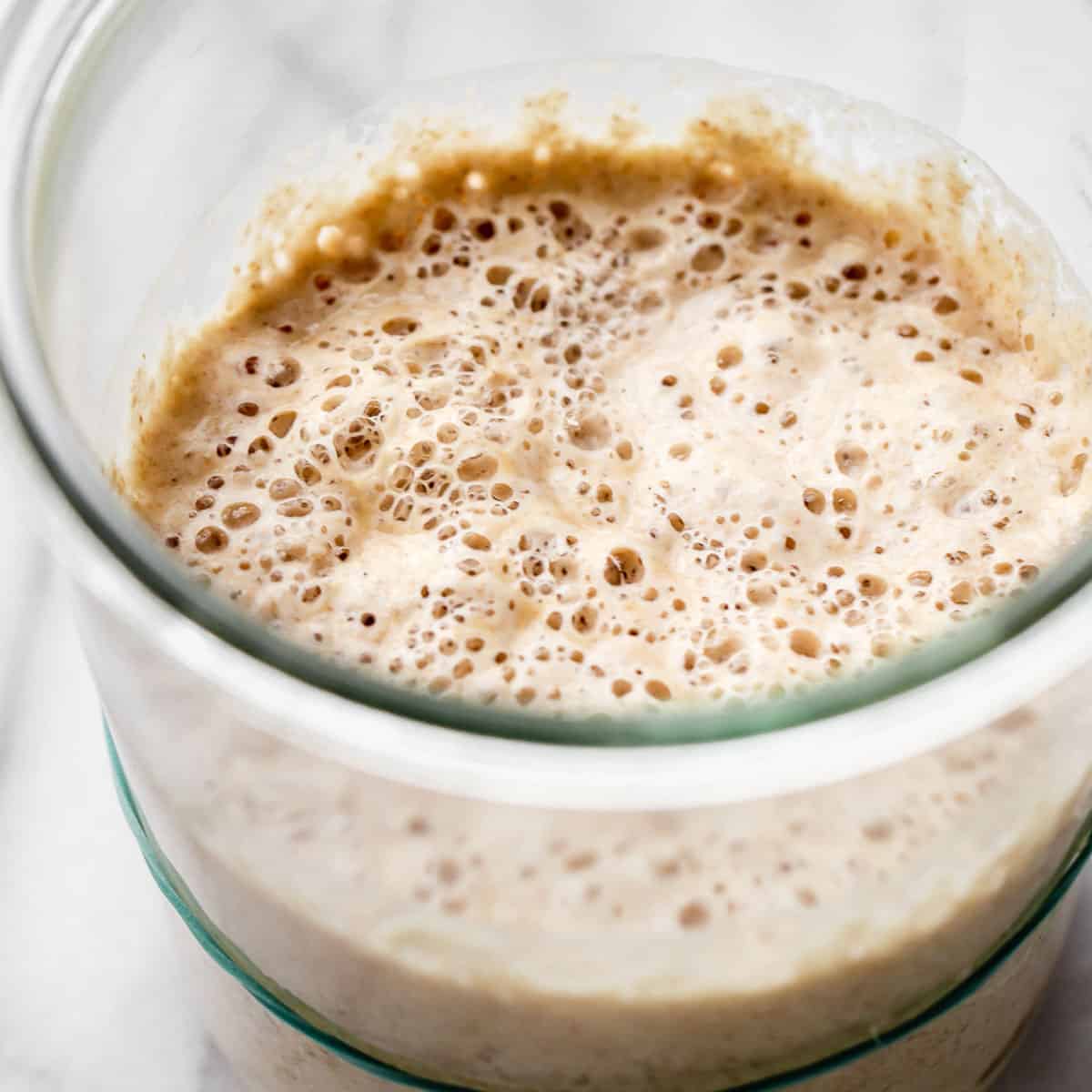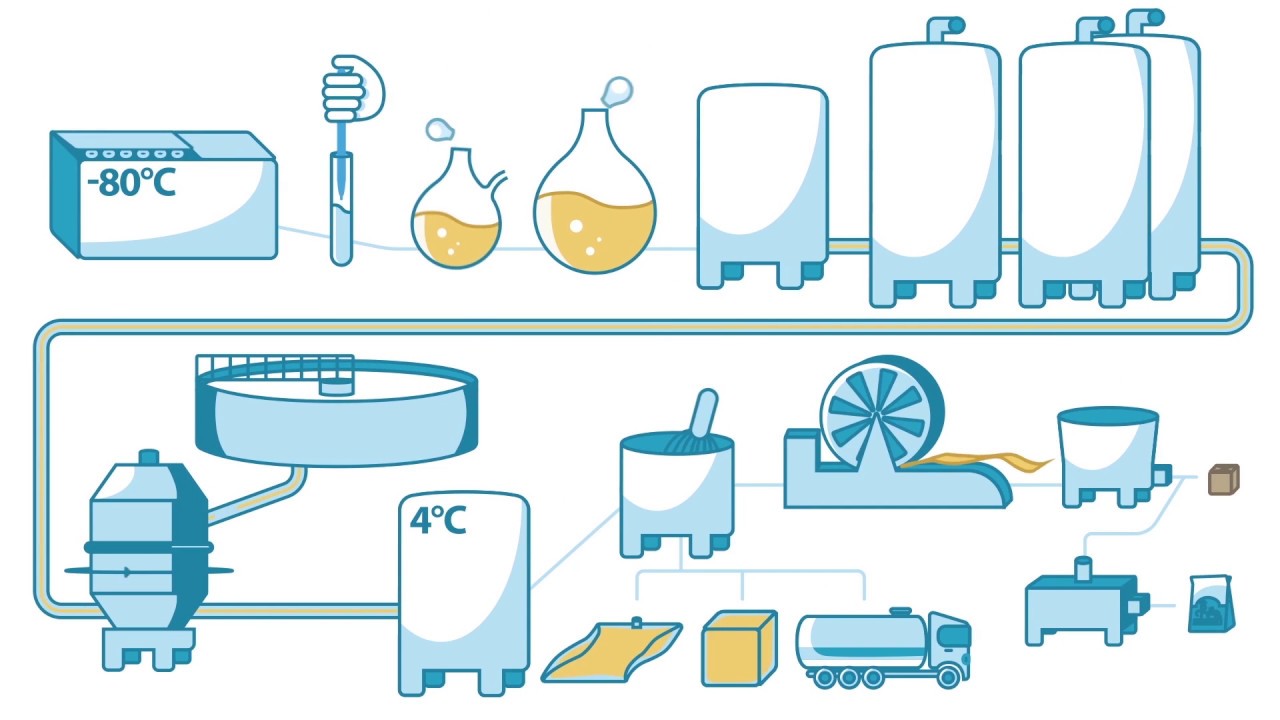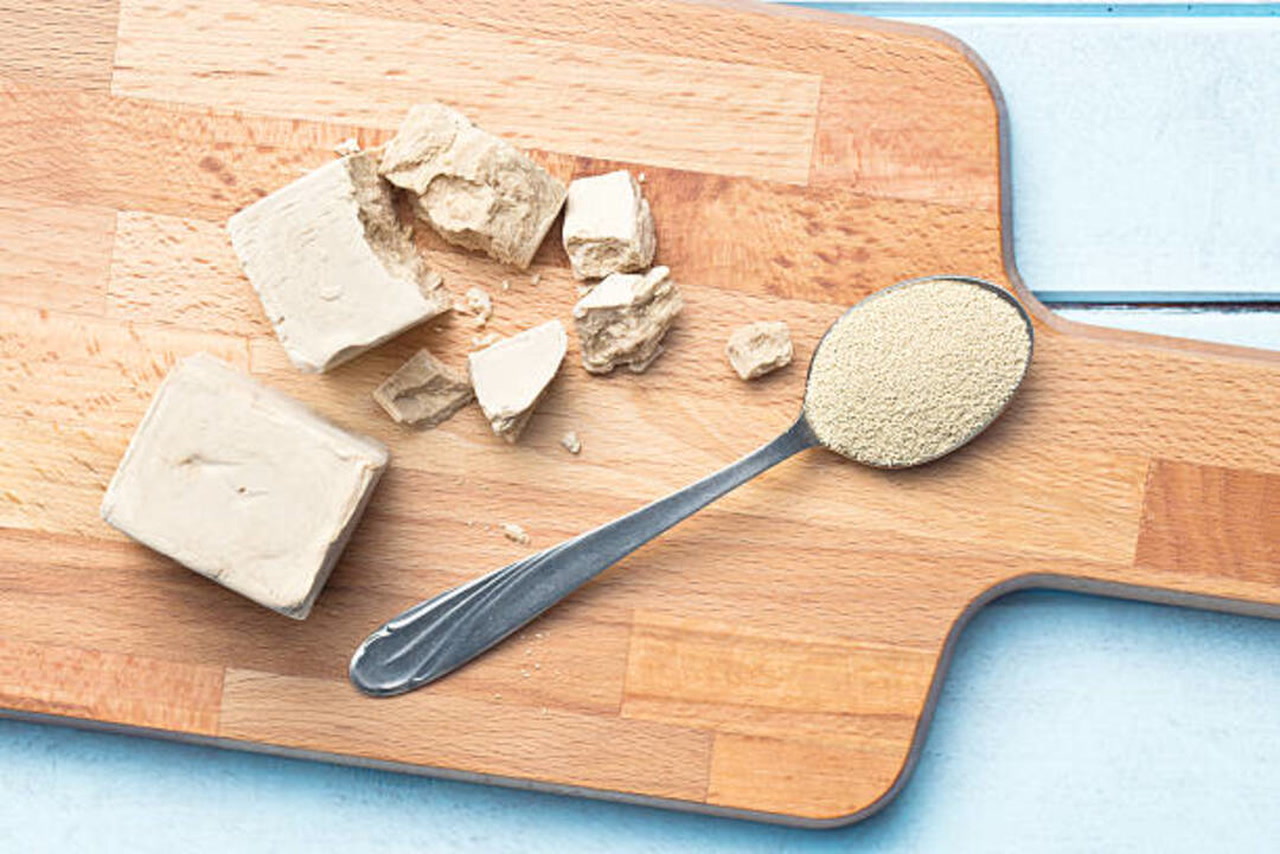The Fascinating Science of how-is-yeast-made
Meta Description: Ever wondered how yeast is made? Discover the intricate journey from microscopic culture to your kitchen. Learn about the science, sustainability, and quality behind nature's finest leavening agent.
Introduction: The Tiny Giant of Baking
You cream the butter and sugar, mix in the flour, and add that single, crucial packet of yeast. It’s a humble ingredient, often taken for granted. But have you ever paused to wonder where that yeast comes from? This isn't a simple ingredient; it's the product of sophisticated science, careful nurturing, and a commitment to quality.
At HANGZHOU GREAT TECHNOLOGY CO..LTD, we believe that understanding your ingredients is the first step to baking mastery. So, let's pull back the curtain on the fascinating process of how yeast is manufactured.

(A tiny ingredient with immense power. But where does it come from?)
It All Starts with a Single Cell: The Yeast Culture
The hero of our story is a specific strain of microorganism: Saccharomyces cerevisiae. This is the same species used for millennia in baking and brewing. Modern production doesn't start in a field, but in a pristine laboratory.
A single, perfect cell of yeast is selected from a yeast culture library. This cell is chosen for its reliability, activity, and ability to produce consistent results. Think of it as the "champion" strain. This cell is then nurtured in a sterile lab environment with a nutrient-rich solution, allowing it to multiply into a small, pure colony.
The Multiplication Phase: Feeding the Billions
This small colony is just the beginning. To produce yeast on an industrial scale, it needs to be fed and grown—a lot.
The process moves from the lab to the seed fermenters. These are large, sterile tanks equipped with precise temperature and pH controls. Here, the yeast is fed a special diet. Contrary to popular belief, yeast isn't grown on sugar alone. Its primary food source is molasses, a thick, syrupy byproduct of sugar refining. Molasses is perfect because it’s rich in the sugars, minerals, and vitamins yeast needs to thrive.
The yeast multiplies exponentially in these ideal conditions. The mixture is constantly aerated (oxygen is crucial for healthy yeast growth in this phase) and kept at the perfect warm temperature.

Harvesting and Purification: From Broth to Baker's Yeast
After growing for several days, the fermentation broth contains a thick slurry of yeast cells. The next step is to separate the yeast from its spent molasses solution.
This is done using massive centrifuges. These machines spin the mixture at incredibly high speeds, forcing the dense yeast cells to separate from the liquid. What remains is a creamy, off-white paste known as yeast cream.
This yeast cream is then further purified and filtered with water to remove any remaining impurities. The result is a thick, paste-like substance that is pure, live yeast.

The Final Form: How We Get Different Types of Yeast
This yeast paste is the base for all the forms you find on store shelves. The final step depends on the product:
Active Dry Yeast: The yeast paste is extruded into tiny strands and dried in a controlled, hot-air dryer. This removes most of the moisture, putting the yeast in a dormant state. The small granules are then packaged.
Instant Yeast: Similar to active dry, but dried much more quickly and at a higher temperature. This creates smaller, more porous granules that can be mixed directly with flour without needing to be dissolved in water first ("proofed").
Fresh Yeast (Cake Yeast): The yeast paste is compressed into blocks, with a higher moisture content. It's highly perishable but loved by professional bakers for its rapid activity and rich flavor.



